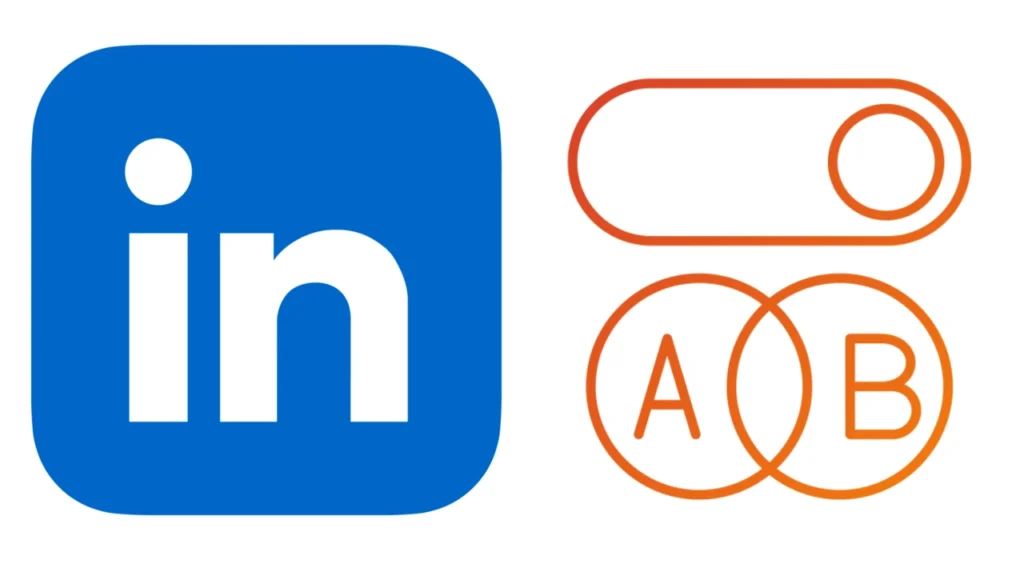I used to search for people or jobs on LinkedIn the same way most people do—by typing in a job title like “marketing manager” and hitting enter. Then I’d scroll. And scroll. And scroll some more. After what felt like hours, I’d end up with a list of jobs that were either completely irrelevant or already expired.
It was exhausting. But it wasn’t LinkedIn’s fault—I just didn’t know how to search properly.
That all changed when I started learning about Boolean search, a method professional recruiters and headhunters use to find the best candidates fast. Once I figured out how they search, I flipped the script and started using the same logic to find the best jobs—and make sure they found me too.
Now, I’m going to walk you through how to do the same.
What Most Job Seekers Do Wrong
Most job seekers use LinkedIn like it’s Google. They enter a job title like:
sales director
And hope for the best. But that search brings back hundreds of results across all kinds of industries and locations.
For example, one of my clients—let’s call her Sarah—was a Sales Director looking for a new role in the tech industry in San Francisco. But her job feed was filled with roles from retail, finance, and even a supermarket chain. It was like she told the job board: “Find me a Sales Director role in Tech,” and LinkedIn replied, “Here’s a Sales Director job in a bakery!”
Frustrating, right?
What Smart Job Seekers Do Instead
Instead of typing one phrase into the search bar and endlessly scrolling, smart job seekers use Boolean search logic, the same way professional recruiters do. And that means using three key tools:
- Quotation Marks (“”)
- AND / OR operators
- Brackets ()
Let me show you exactly how I helped Sarah fix her search and how you can apply the same technique.
Step 1: Use Quotation Marks to Search for Exact Phrases
Quotation marks keep words together as a phrase, exactly as written. This is the first place most people go wrong.
❌ Without quotation marks:
Typing sales director into the LinkedIn search bar might show you:
- Sales Associate
- Director of Operations
- Marketing Director
- Sales Executive
Basically, LinkedIn might treat each word independently.
✅ With quotation marks:
Typing "sales director" tells LinkedIn:
Only show me results where the words “sales” and “director” appear together, in this exact order.
Suddenly, your search results become much more relevant.
Step 2: Use AND to Combine Required Elements
The AND operator makes your search stricter by forcing all conditions to be true.
In Sarah’s case, she didn’t just want any sales director job—she wanted one in San Francisco.
So we wrote:
"sales director"AND"San Francisco"
This means:
Only show me jobs that include BOTH the phrase “sales director” and the location “San Francisco”.
Example:
Let’s say you’re looking for a product manager role in remote settings. You’d type:
"product manager"AND"remote"
Again, this filters out any product manager jobs that don’t include the word “remote” in the title or job post.
Step 3: Use OR to Broaden Industry or Skill Options
Where AND narrows the search, OR expands it. It allows you to include multiple similar options without doing several searches.
Sarah wanted a job in either Tech or Software. So instead of doing two separate searches, we combined them like this:
"sales director"AND"San Francisco"AND (Tech OR Software)
This search says:
Find me all “sales director” roles that are located in “San Francisco” AND are in either the Tech OR Software industry.
More OR Examples:
If you’re looking for a marketing role in a creative field, you could write:
"marketing manager"AND (Media OR Advertising OR Design)
Or maybe you’re a developer open to front-end or back-end roles:
"developer"AND (Frontend OR Backend OR Full-stack)
Boom. One search. Multiple possibilities.
Step 4: Use Brackets to Keep Your Logic Organized
Brackets are absolutely critical when you start combining AND and OR in the same search.
Think of brackets in Boolean like parentheses in math. They tell the system how to group conditions logically.
Without brackets, LinkedIn might misinterpret what you’re looking for.
For example:
Let’s compare these two searches:
✅ Correct:
"sales director"AND"San Francisco"AND (Tech OR Software)
❌ Incorrect:
"sales director"AND"San Francisco"AND Tech OR Software
That second version might return:
- Sales Director jobs in San Francisco in Tech
OR - Any job in Software, even if it’s not a Sales Director position
That’s why we always use brackets to group our OR statements.
Putting It All Together: Sample Boolean Strings
Here are a few Boolean search strings I’ve used (and recommended) for specific goals:
1. Marketing Role in Remote Settings
"marketing manager"AND"remote"AND (Tech OR E-commerce)
2. Finance Role in New York
"financial analyst"AND"New York"AND (Banking OR FinTech)
3. Engineering Role in Europe
"software engineer"AND (Germany OR Netherlands OR France) AND (SaaS OR AI)
4. Entry-Level Graphic Design Role in LA
"graphic designer"AND"Los Angeles"AND (Entry-level OR Junior)
Each of these saves time and delivers far more relevant job results than a basic search ever could.
BONUS: Reverse Engineer Recruiter Searches So They Find YOU
Now here’s the kicker. Recruiters are using Boolean logic to find you. So if you want to show up in their searches, you need to structure your LinkedIn profile with that in mind.
Here’s how:
- Include exact job titles in your headline and about section: Write: “Experienced Sales Director in Tech” instead of just “Sales Professional”
- Include relevant keywords (especially from your niche): Mention “SaaS,” “software,” or “B2B tech” if those match your target industry
- Use exact phrases: Don’t say “Worked in various leadership roles.” Instead, write: “Led a sales team as Sales Director at [Company]”
Being specific doesn’t hurt you—it helps recruiters find you faster.
The Biggest Mistake Job Seekers Make
Many job seekers think, “I’m not having any luck with my niche, so I’ll just apply more broadly.” They remove keywords from their profile. They try to be a generalist.
But that’s the worst strategy.
Why? Because recruiters don’t search for “generalist with experience in everything.” They search for:
"product manager"AND"healthcare""sales director"AND"enterprise SaaS"
When you remove specifics from your profile or job search, you disappear from recruiter searches.
Final Thoughts: Search Smart, Not Hard
Job hunting isn’t about luck. It’s about knowing how to search.
Since I started using Boolean search, my job feed has become laser-targeted. No more endless scrolling. No more “sales director” jobs in bakeries. Just high-quality, relevant roles that match exactly what I’m looking for.
If you’ve felt frustrated with LinkedIn searches in the past, give Boolean a shot. Use quotation marks, AND/OR logic, and brackets—and watch your results transform.




